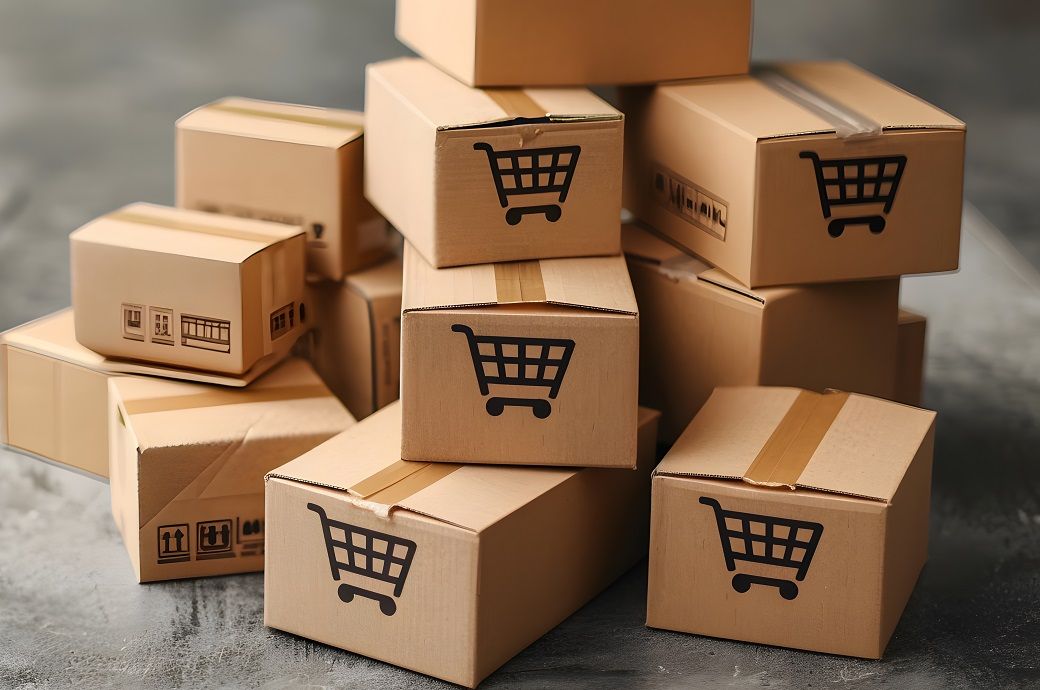
The average return rate for apparel purchased online skyrocketed to 24.4 per cent in 2023, far exceeding the global average of 16.5 per cent, as per a Coresight Research study. This surge is primarily due to the inability of online shoppers to physically assess items before purchase, leading to higher return rates compared to traditional brick-and-mortar stores. The disparity is particularly evident in the US, where online transactions see a return rate of 15.2 per cent—three times higher than the 5 per cent observed for in-store purchases, according to the International Council of Shopping Centers.
The environmental impact of these returns is also considerable. A report by CleanHub indicates that the emissions from fast fashion returns alone are equivalent to those from 3 million US cars annually. As online shopping continues to rise, with nearly half of retailers offering free returns, the financial and ecological costs associated with these returns are becoming increasingly unsustainable.
The financial strain of returns
Apparel returns present a dual challenge for companies: inventory management and profitability. For India-based e-commerce fashion platform Dhartii, managing inventory discrepancies with brand partners is a major hurdle. “Returns can disrupt our stock levels, making it difficult to maintain an accurate inventory and plan for future product needs. This misalignment often results in either excess inventory or stockouts, both of which can impact profitability. Additionally, processing returns incurs costs related to freight, repackaging, and potential markdowns on returned items," Talween Saleh, founder of Dhartii, told Fibre2Fashion.
Berrylush, a top-rated fashion brand for women, faces similar issues, with return rates posing a persistent problem. Alok Paul, co-founder and COO of Berrylush told F2F, “At Berrylush, we encounter two primary types of returns: Return to Origin (RTO) and customer-initiated returns. RTOs, currently at 14-15 per cent from our website and around 10 per cent from marketplaces, often stem from impulsive purchases or customers ordering from multiple sites and choosing not to keep all items.”
Paul added, “While we have limited control over RTOs on marketplaces, we actively work to minimise them on our website through multiple touchpoints with customers. We’ve observed a higher RTO rate with cash-on-delivery (COD) orders, so we’re focused on increasing prepaid orders by offering incentives. We’re also exploring the use of artificial intelligence to restrict COD options for customers with a history of frequent RTOs. Customer-initiated returns, which occur when customers receive their order and later return it due to dissatisfaction or sizing issues, are another challenge.”
Technology and strategy to the rescue
E-commerce platforms are now leveraging technology and strategic changes to tackle the return rates. Dhartii has enhanced its product descriptions, images, and sizing charts to help customers make more informed decisions. Additionally, it is analysing return data to identify patterns and adjust its offerings accordingly. These measures have already shown effectiveness, but Saleh acknowledges that it is an ongoing challenge.
Berrylush, on the other hand, is exploring artificial intelligence to restrict COD options for customers with a history of frequent returns. To address sizing-related returns, the company also examines data and adjusts patterns for better future fit predictions. Additionally, by incorporating lycra into fabrics for better fit, Berrylush has successfully reduced return rates by 20 per cent.
Paul pointed out, “Managing returns is integral to our process as a digital-first brand. In the women’s western wear category, the industry benchmark for return rates is 34 per cent, whereas Berrylush has managed to keep it at 31.5 per cent on marketplaces. To maintain profitability, we account for the costs associated with returns in our pricing strategy. Furthermore, as our customer base grows, we’ve seen an increase in prepaid orders, leading to a noticeable drop in return rates.”
Berrylush is also exploring technology solutions like virtual try-ons to reduce the frequency of returns, though implementing such technology at scale in India presents challenges due to the diversity of body types.
Environmental consequences: A growing concern
The environmental impact of product returns is also a major concern. Saleh highlighted the significant carbon emissions associated with the transportation of returned items. "Products often need to be shipped back to our brand partners' warehouses before being processed and potentially sent out again. This back-and-forth movement increases fuel consumption and exacerbates greenhouse gas emissions," she noted. Dhartii has also partnered with logistics services and increased the usage of biodegradable materials to reduce its carbon emissions from returns.
Paul echoed similar concerns, adding that Berrylush consolidates returned products before shipping them back to minimise the number of shipments and reduce carbon emissions. "While returns do have an environmental impact, we strive to keep it as low as possible," he said.
Waste management is another critical issue. Returned items that cannot be resold often end up in landfills, contributing to environmental degradation. Even when products are restocked, the repackaging process generates additional waste in the form of plastic, cardboard, and other materials. To combat this, Dhartii has introduced a refurbishment programme where slightly damaged items are repaired and resold at a discount. The company also uses recyclable and biodegradable materials to minimise waste and encourages customers to consider exchanges instead of returns to reduce transportation needs.
“While we recognise that there's still a long way to go, we are committed to pursuing sustainable practices that align with our environmental values,” Saleh stated.
Industry perspective on future returns management
Looking ahead, Paul suggests that while countries like the US and Europe have introduced restocking fees for returns, this practice is not yet common in India. Berrylush has dedicated a 3,000 sq ft space for thorough quality checks of returned products, ensuring minimal impact on inventory and profitability. He also emphasised the importance of customers being mindful of their return habits, urging shoppers to be more selective with their purchases to reduce both the environmental impact and the associated costs for the brand.
Fibre2Fashion News Desk (KD)